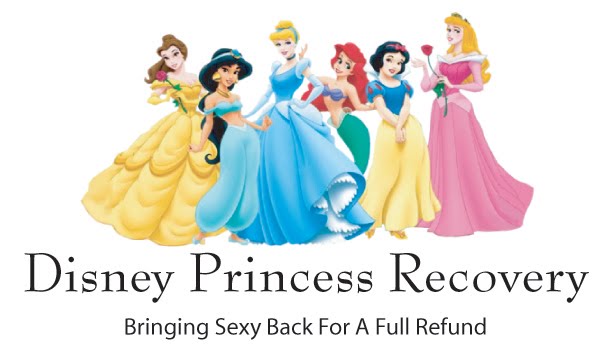The day the books are delivered in the classroom is like Christmas, with the teacher calling out the name of the student like The Wizard summoning the Lion for courage.
Except you'd walk back to your desk with a shiny copy of the latest sad story by Katherine Paterson.
And then bury your nose in the crease and smell that new book smell.
Orrr, you would wait to see what your sister ordered because it wasn't your turn and that's okay.
Or, you just went to the library for your hit of Beverly Cleary.
Anyway, however you got your Scholastic books: first hand, handed down, or through peeping over the shoulder of the student who sat in front of you, they've been around awhile.
In theory, the notion of a flyer going home to advertise books is awesome. Kids looking at a catalog of books, and talking with friends about their favorites is better than them comparing which push-up bra they'll pick when they get to 2nd grade. But in practice, Scholastic has something that detracts form this format. It's called Scholastic InSchool. From their website:
Translation: Scholastic advertises for Disney, McDonald's, Cartoon Network, SunnyD, Claritin, and most recently, the American Coal Foundation.In schools, Scholastic provides partners with integrated communications and education campaigns that reach educators, students, and families. Scholastic InSchool develops and distributes curriculum connected, free educational programs, including behavioral change, pro-social, cause marketing, brand awareness, and consumer loyalty programs, with support from corporations, organizations, and government agencies. From initiatives like the recent 2010 Census In Schools: It's About Us education initiative to health and civic responsibility programs, Scholastic InSchool and our partners provide valuable, free materials for schools, educators, students and families throughout the U.S.
The Campaign for a Commercial-Free Childhood, which works to get corporate advertising out of schools, has raised awareness about the connection between Scholastic and it's clients. Why is this necessary?
According to the Executive Director of the American Coal Foundation, hiring Scholastic allowed ACF to dramatically increase its presence in schools—from about 7,000 to 70,000 classrooms. “Four out of five parents know and trust the Scholastic brand,” she explained.
Awesome! I'm going to think of something strange and inappropriate to market to young children, and then partner with Scholastic InSchool. I have so many ideas.
But there is good news. Activism works!
Late Friday, Scholastic, the world’s largest educational publisher, announced that it would immediately stop distributing “The United States of Energy,” a controversial fourth grade curriculum paid for by the American Coal Foundation.So while your 4th grader may have already told you in very descriptive language why Sunny D is the most satisfying and nutritious beverage available (and so so pretty as a river )

if you want them to extol the benefits of coal, you're going to have to teach them on your own.

I just discovered your blog today. How hilarious! I love this concept and completely dislike Disney princesses along with the Disney channel. So I was reading your bio to my husband, who thought it was hilarious also, and he and my 16 year old son began the discussion about which princess is the hotest. I think our whole society needs to undergo Disney Princess recovery!
ReplyDeleteGreat blog post today too! I'm a registered dietitian trying to educate people about healthy eating and avoiding the influence of industry on their food choices.